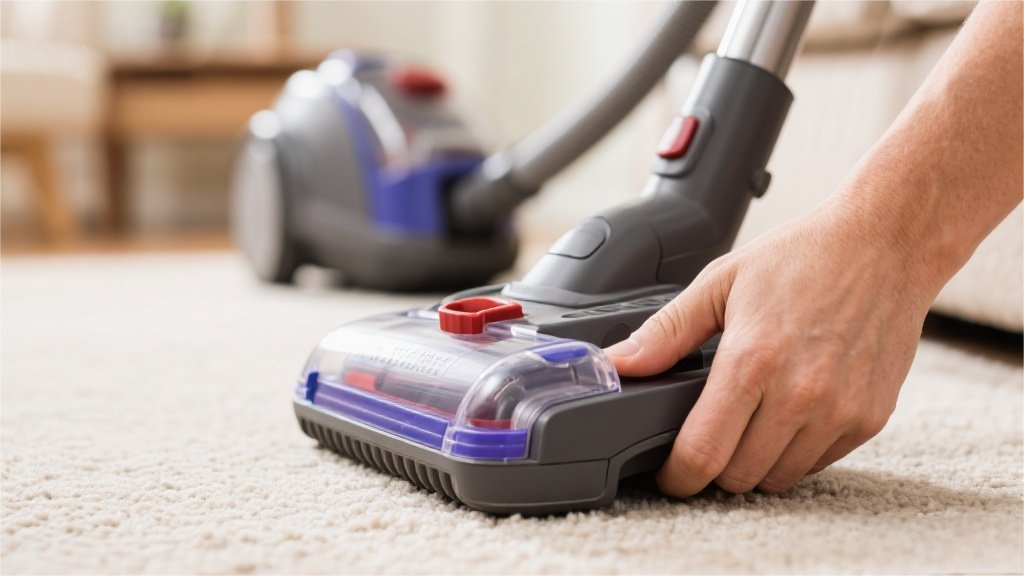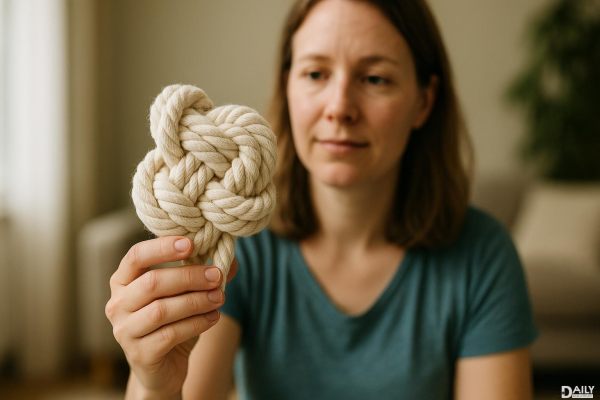Next time someone accuses you of being a night owl, here's a term to toss back at them: delayed sleep phase syndrome (DSPS). This is pretty much what it sounds like—your sleep schedule is "delayed," or pushed back later than most people's. You fall asleep later, you wake up later. You're still getting a full night of sleep; it just starts and ends later than everyone else. "It's a situation where you're out of sync with the outside world," says Rafael Pelayo, MD, professor of psychiatry and behavioral sciences at the Stanford Center for Sleep Sciences and Medicine. "When you're left to your own schedule, you're completely fine."
The Science Behind Your Night Owl Tendencies
Delayed sleep phase syndrome isn’t just a quirky personality trait—it’s rooted in biology. Research shows that DSPS often emerges during adolescence, but the real culprit is a genetic mutation in the "circadian clock gene," CRY1. This gene plays a major role in regulating your internal body clock. When CRY1 mutates, it throws off your natural sleep-wake cycle, making you more inclined to stay up late and sleep in. Dr. Pelayo explains that this genetic tendency usually becomes noticeable during puberty, when hormonal changes amplify the delay in sleep timing. The silver lining? "It's a treatable condition," he says. "People who are predisposed to this can still get back in sync with the outside world."
How DSPS Differs From Insomnia
If you’ve ever been told you just have insomnia, think again. Unlike insomnia—where people struggle to both fall and stay asleep—delayed sleep phase syndrome is all about timing. "DSPS is characterized by difficulty falling asleep at a 'normal' hour, but once you’re out, you stay asleep just fine," Dr. Pelayo clarifies. The real challenge comes when society expects you to function on an early schedule. If you force yourself to wake up at 6 a.m. for work or school, you’re essentially battling your biology, which can lead to chronic sleep deprivation. And once you start pushing bedtime later, resetting it earlier becomes a Herculean task. According to Dr. Pelayo, DSPS is the second-most common sleep disorder in teens and young adults, right behind general sleep deprivation.
The Social Jetlag Struggle
Ever feel like you’re permanently jet-lagged, even though you haven’t traveled? That’s what living with DSPS can feel like. Your body wants to sleep from 2 a.m. to 10 a.m., but society demands you’re up by 7 a.m. This mismatch creates what sleep experts call "social jetlag," where your internal clock is constantly at odds with external expectations. The result? Groggy mornings, caffeine dependence, and a nagging sense that you’re never quite rested. Over time, this disconnect can mess with your mood, focus, and even metabolism. One study found that people with DSPS are more likely to develop depression and metabolic disorders, simply because they’re perpetually out of sync.
Can You Reset Your Internal Clock?
Yes—but it takes work. The gold standard treatment for DSPS is chronotherapy, a method that gradually shifts your sleep schedule earlier. Think of it like daylight saving time for your body. You start by delaying bedtime by two to three hours each night until you’ve cycled around to your desired schedule. Another approach is bright light therapy, where you expose yourself to intense light (usually from a special lamp) first thing in the morning. This tricks your brain into thinking sunrise came early, nudging your internal clock forward. Melatonin supplements can also help, but timing is everything—taking it too early or too late can backfire. The key is consistency: one late night can undo weeks of progress.
When to See a Sleep Specialist
If your night owl habits are wrecking your life—missing work, failing classes, or straining relationships—it might be time to call in the pros. A sleep specialist can confirm whether you have DSPS (and not another disorder, like sleep apnea) through a detailed sleep log or even an overnight sleep study. From there, they can tailor a treatment plan, whether it’s light therapy, melatonin, or behavioral strategies. The goal isn’t to turn you into a morning person overnight (pun intended) but to find a sustainable middle ground where you’re functional and well-rested.
At the end of the day, delayed sleep phase syndrome isn’t a flaw—it’s just how some people are wired. The challenge is navigating a world that wasn’t built for night owls. But with the right strategies, you can find a rhythm that works for you, even if it’s a few hours behind everyone else’s.
























